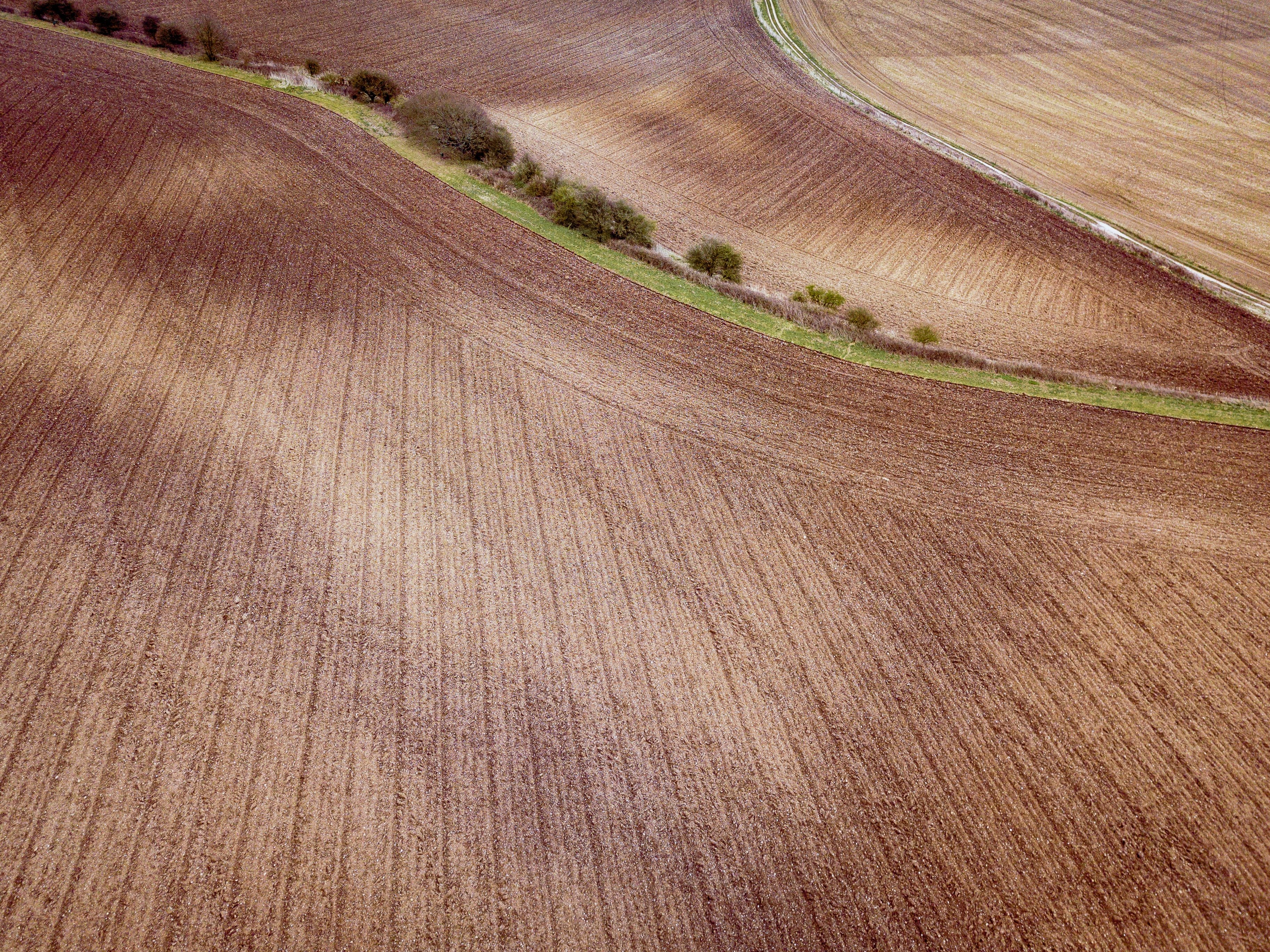Key Takeaways
- Researchers at the University of Arkansas receive NSF funding for smarter insect traps.
- The project aims to develop traps that can identify and sort insects.
- The funding will support integrating machine learning and computer vision into the traps.
- The smarter traps could revolutionize pest management and agriculture.
- The project has the potential to contribute to more sustainable farming practices.
Researchers at the University of Arkansas have received funding from the National Science Foundation (NSF) to continue their work on developing smarter insect traps. These traps are designed to not only capture insects but also identify and sort them, a development that could revolutionize pest management and agriculture.
NSF Funding
The National Science Foundation has granted funding to the research team at the University of Arkansas to advance their project on smarter insect traps. While the exact amount of the funding has not been disclosed, it is expected to significantly aid in the development and testing of these innovative traps.
Intelligent Traps
The project aims to create traps beyond the traditional function of capturing pests. These smarter traps will incorporate machine learning and computer vision technologies to identify and sort the insects they capture. This will allow for more targeted pest management strategies, as farmers and researchers can gain insights into the types of insects in a particular area.
Revolutionizing Agriculture
The smarter traps can potentially bring about significant changes in agriculture and pest management. By identifying and sorting insects, these traps can help farmers make more informed decisions about pesticide use, potentially reducing the amount of chemicals needed. This could lead to more sustainable farming practices and lessen the environmental impact of agriculture.
Technological Integration
The funding from the NSF will support integrating advanced technologies like machine learning and computer vision into the traps. These technologies will enable the traps to process and analyze the insects they capture in real time, providing immediate data that can be used for pest management.
Photo by Ivan Bandura on Unsplash


